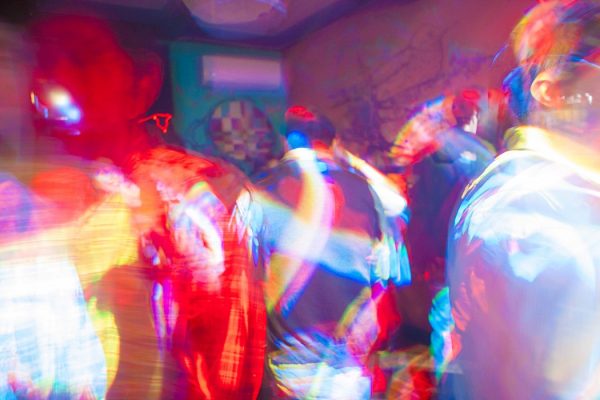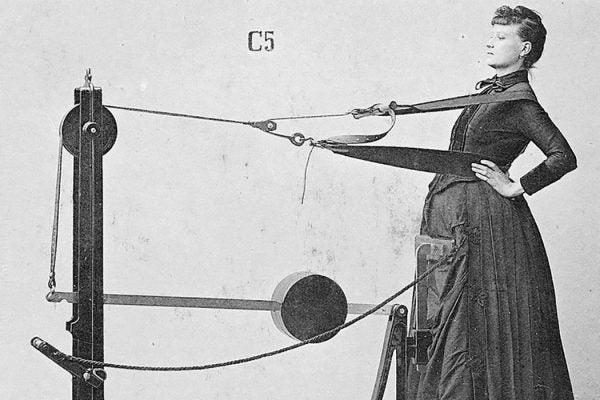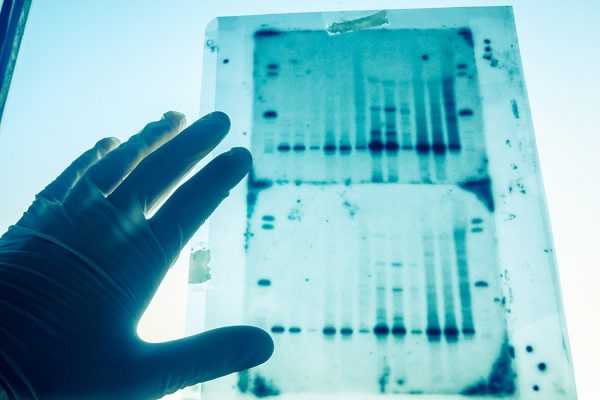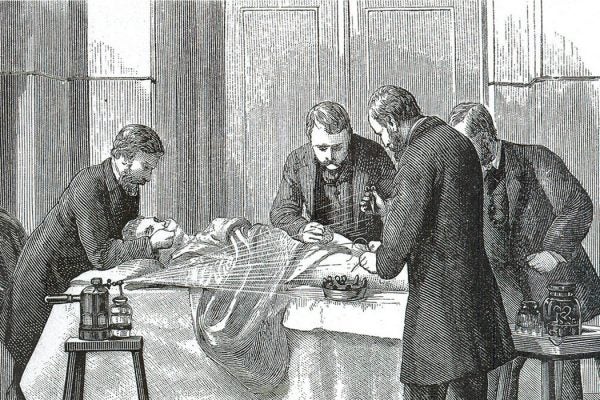Should We Worry About Ancient Pathogens Being Revived?
Accidental exposure to bacteria trapped inside a crystal is unlikely. Frozen ancient pathogens, however, are another matter.
“Deaths of Despair”: What’s Really Killing Americans
Why a large swath of middle-aged, middle-class white Americans, especially those with lower levels of education, are dying more "deaths of despair."
What if We Acknowledged That People Use Drugs Because They’re Fun?
In the modern Western world, drug use fits well into economies that divide our days into disciplined, production-oriented “clock time,” and leisure time.
Whole Body Vibration Isn’t Quite As Crazy As It Sounds
Is whole body vibration the latest weight-loss fad? Or a legitimate medical treatment with potential to help those who can't exercise?
How to Understand the Resurgence of Eugenics
The extreme right wing has brought the discredited idea of eugenics back into the national conversation. Brave New World and Gattaca offer perspective.
Will Robots Replace Human Doctors?
What do advances in AI, VR, and robotics mean for doctors? In the case of medicine, perhaps it's better to ask what technology can't do.
The First Health Insurance Policies Helped Reduce Infant Mortality
Some early healthcare history shows the effect of insurance plans: lower infant morality and better standards across the board.
A New Kind of DNA Evidence
Should familial DNA be used in forensic investigations? How it works -- and some of the potential problems with the practice.
How Did Big Pharma Get Big?
One branch of the healthcare industry that receives particular opprobrium for its high costs in America compared to other countries is pharmaceuticals.
Joseph Lister’s Antiseptic Revolution
Joseph Lister's landmark articles on antiseptic surgery in the Lancet were published 150 years ago. The revolution was not immediate.









